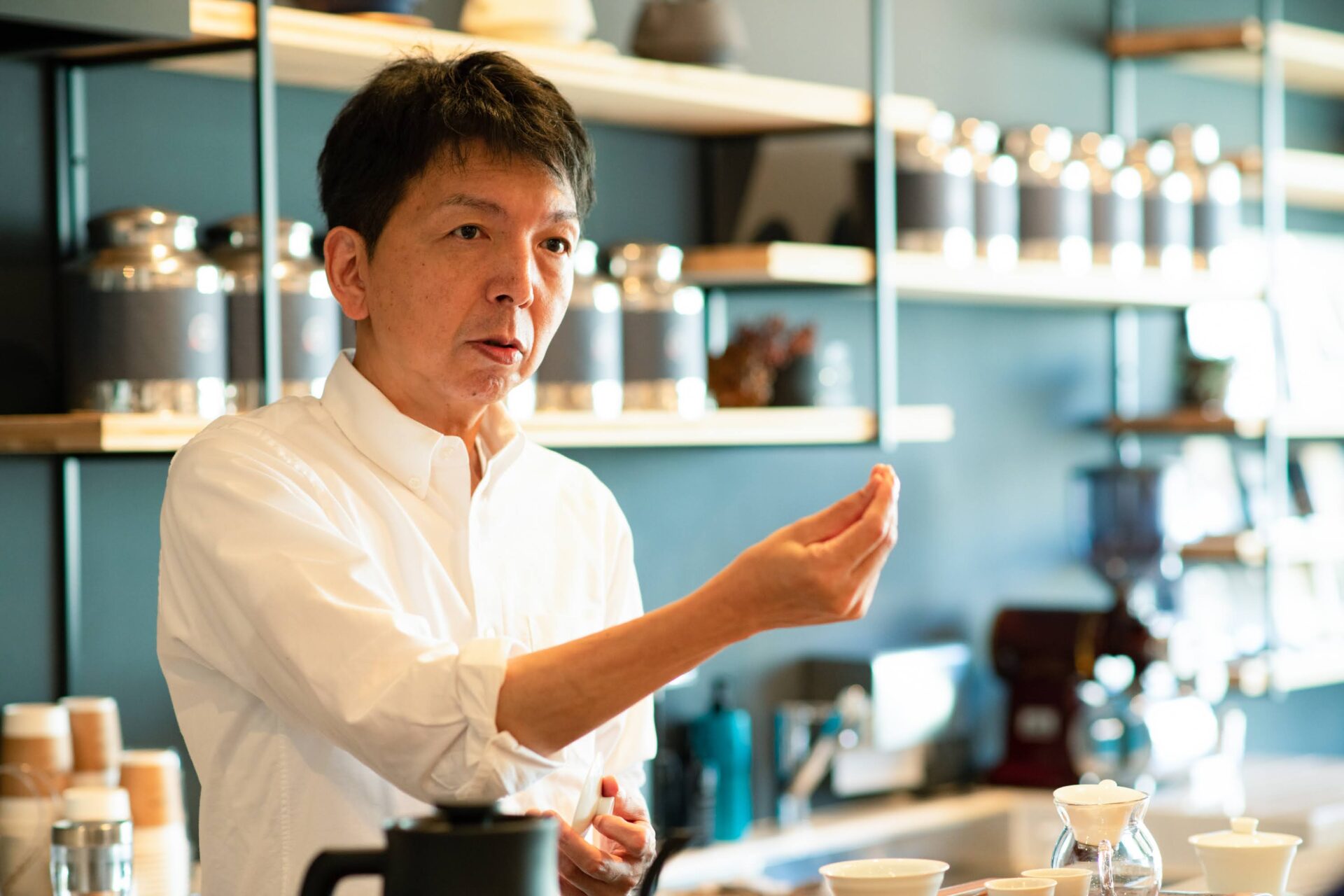“I actually really dislike the word, ‘hokkori’ (a word to describe feelings of warmth and ease).”
Takao Miyake, the owner of CONNACHT TEA HOUSE, selects beautiful tea from around the world and opens up about his views.

Miyake is based in Aomori, the northernmost point of Honshu. He selects tea from all over the world and delivers it to the rest of Japan. Ever since becoming fascinated by tea in his twenties he has felt the powerful potential of tea to become more than just for relaxation.
What defines “Tea Time” in today’s world? We will explore “Tea Time” by unraveling Miyake’s history, and how he creates rhythm in people’s lives through music and tea.
Former record company buyer returns to his hometown to pursue a new dream
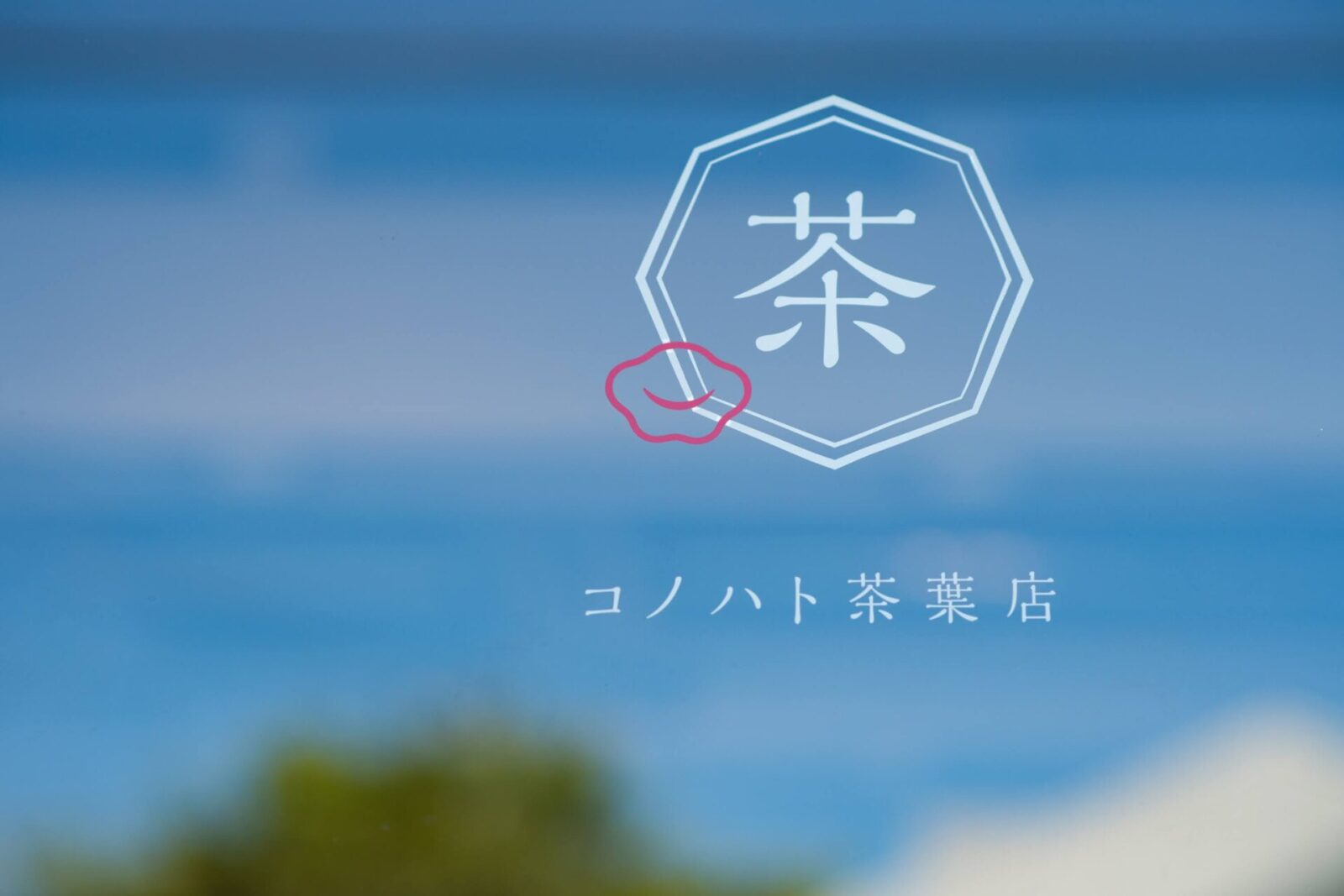
The CONNACHT TEA HOUSE is just a 10 minute drive from the JR Aomori Station. When you enter the shop, there is a large counter area on your right.
Teas gathered from around the world — Chinese, Taiwanese, Japanese, and herbal teas — are all stored along their respective tea sets. The space is also shared with coffee beans and drippers.
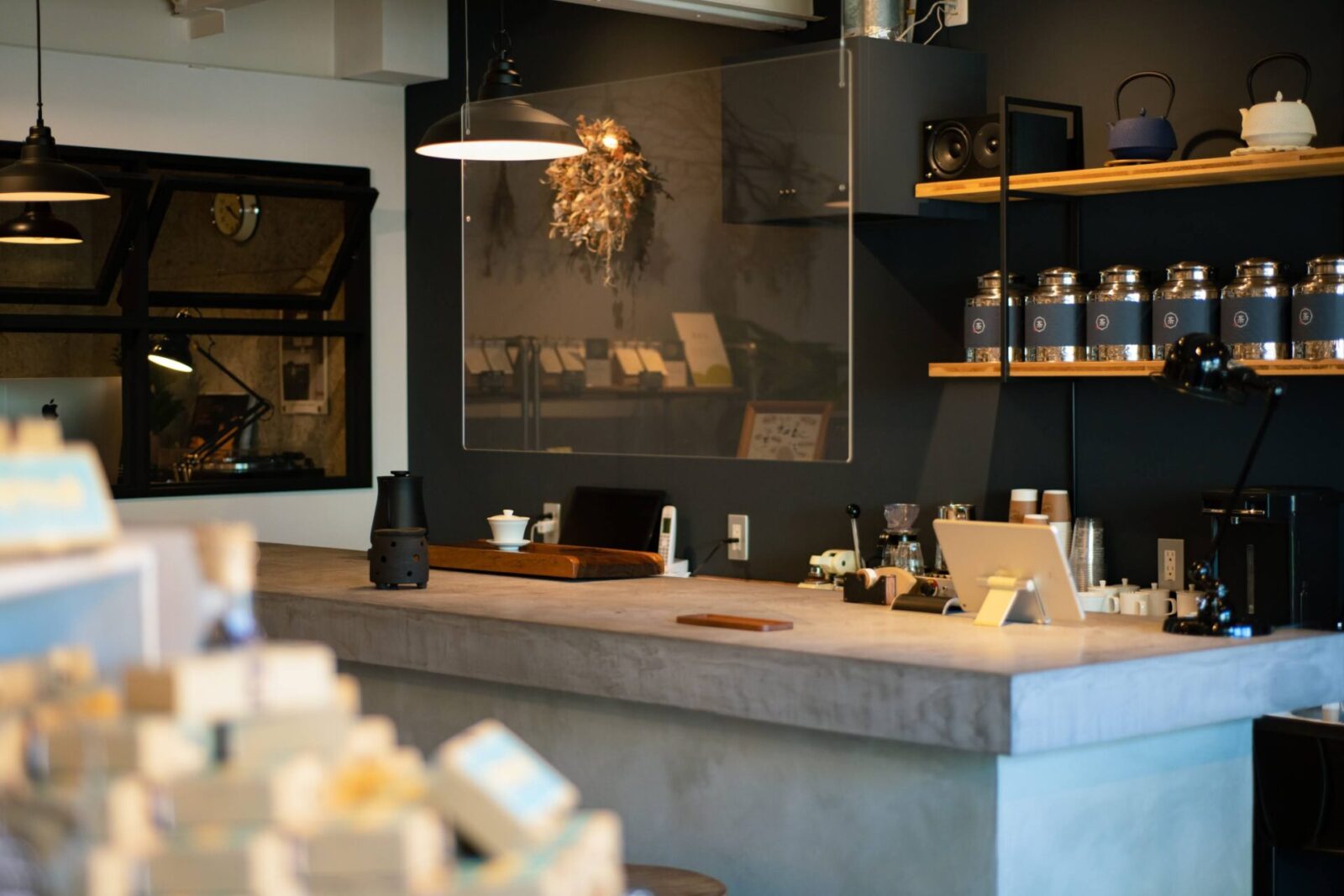
Before opening the CONNACHT TEA HOUSE, Miyake worked as a buyer at a record company in Tokyo. He looks back on his teen years and remembers how he “just loved music.”
“Throughout middle school and high school, I dreamed of becoming a musician. However, along the way I realized that I didn’t have what it takes to create music myself. Still, I wanted to work in the music industry and that desire kept me in that job for many years.”
“My boss started his own company so we built a small label together. I worked on everything from sales and planning to closing cardboard boxes filled with CDs.”
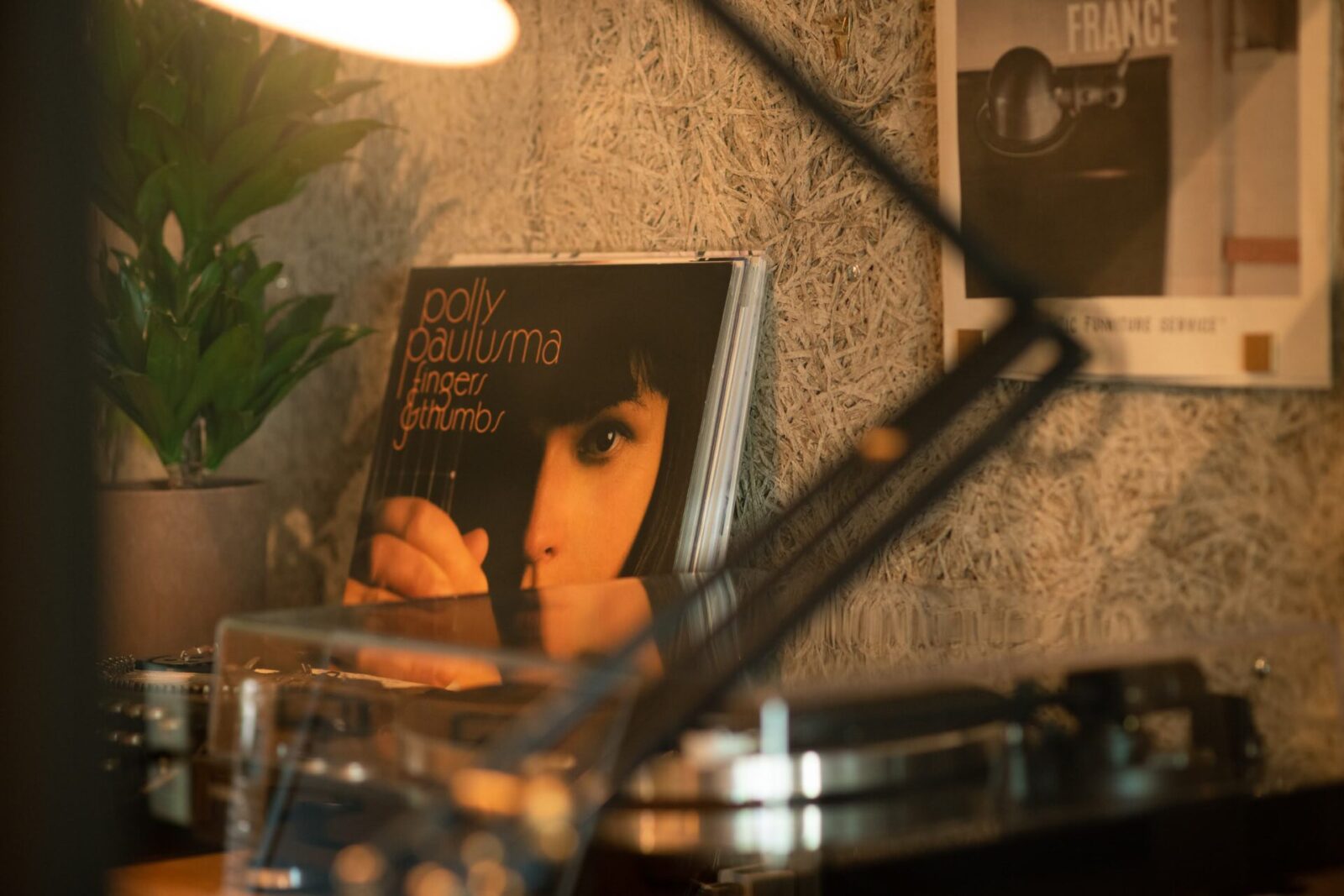
He returned to his hometown of Aomori at the age of 27 for no particular reason.
He did, however, foresee the decline of physically distributed recorded music. While working at a local CD shop as a buyer, he envisioned his new career.
His new vision was to run a cafe.
“There was a big cafe boom at the time and I really liked the atmosphere of Cafe Apres-midi in Shibuya. I loved their theme of incorporating musical journeys in their cafe and wanted to create that myself.”
Starting a small cafe in the corner of a general store
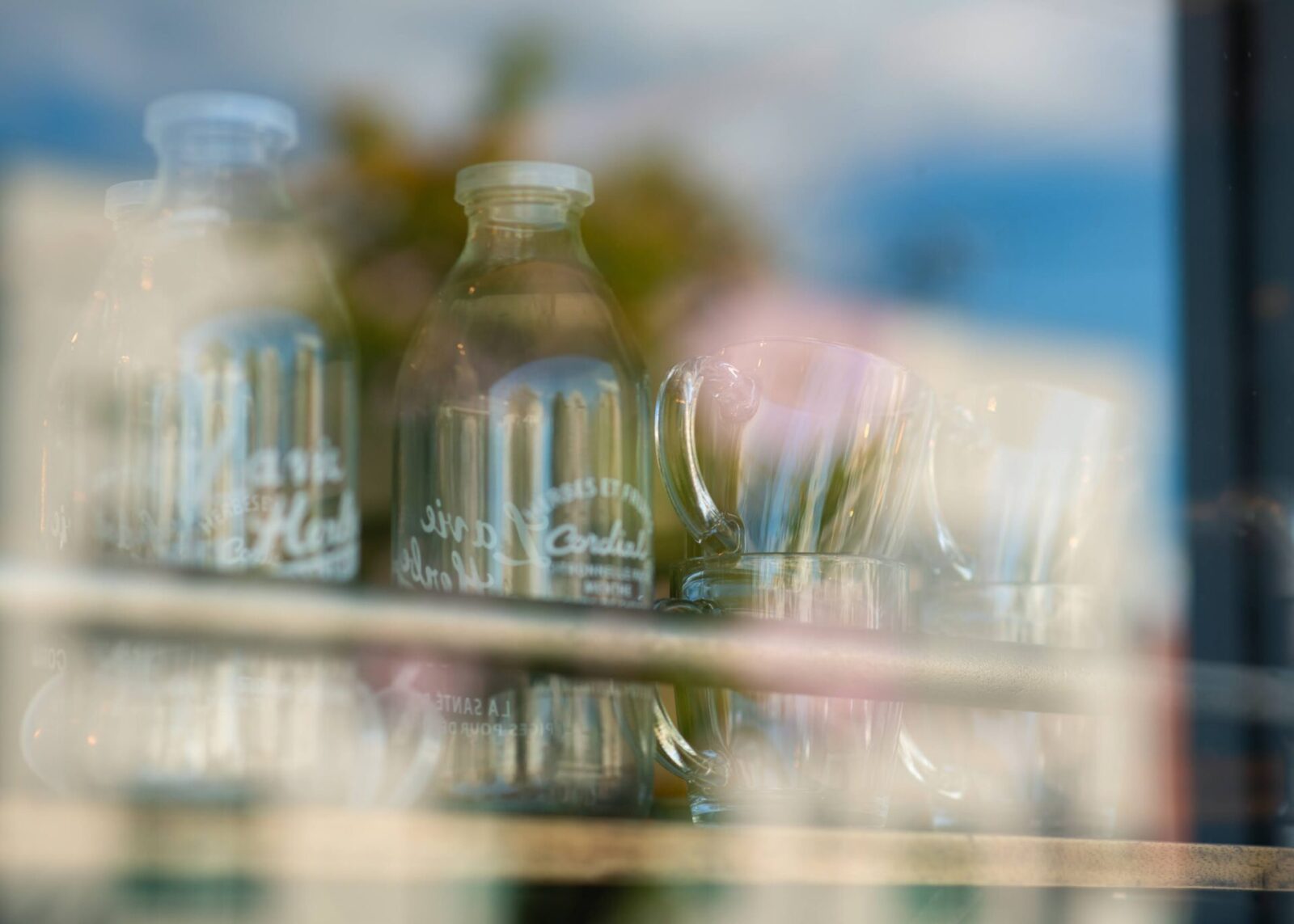
After a year of struggling to find a suitable property, his friend who had just started a general store invited Miyake to use his space.
“He said he had extra space because he still didn’t have a lot of goods on sale. It really was a small space but I started my tea specialty shop there. That was the beginning of CONNACHT TEA HOUSE.”
“The customers did not come to the shop to buy tea, but general products, so I started out by talking to them about tea. Eventually some customers would say, ‘This tea set is cute. Please give me tea that goes with this tea set.’ A lot of people’s approach to buying tea was not through tea itself, but through tea sets, pots and utensils. It was the opposite of what I imagined and made me realize a new perspective.”
The first discovery of the CONNACHT TEA HOUSE was to recommend tea through tea sets.
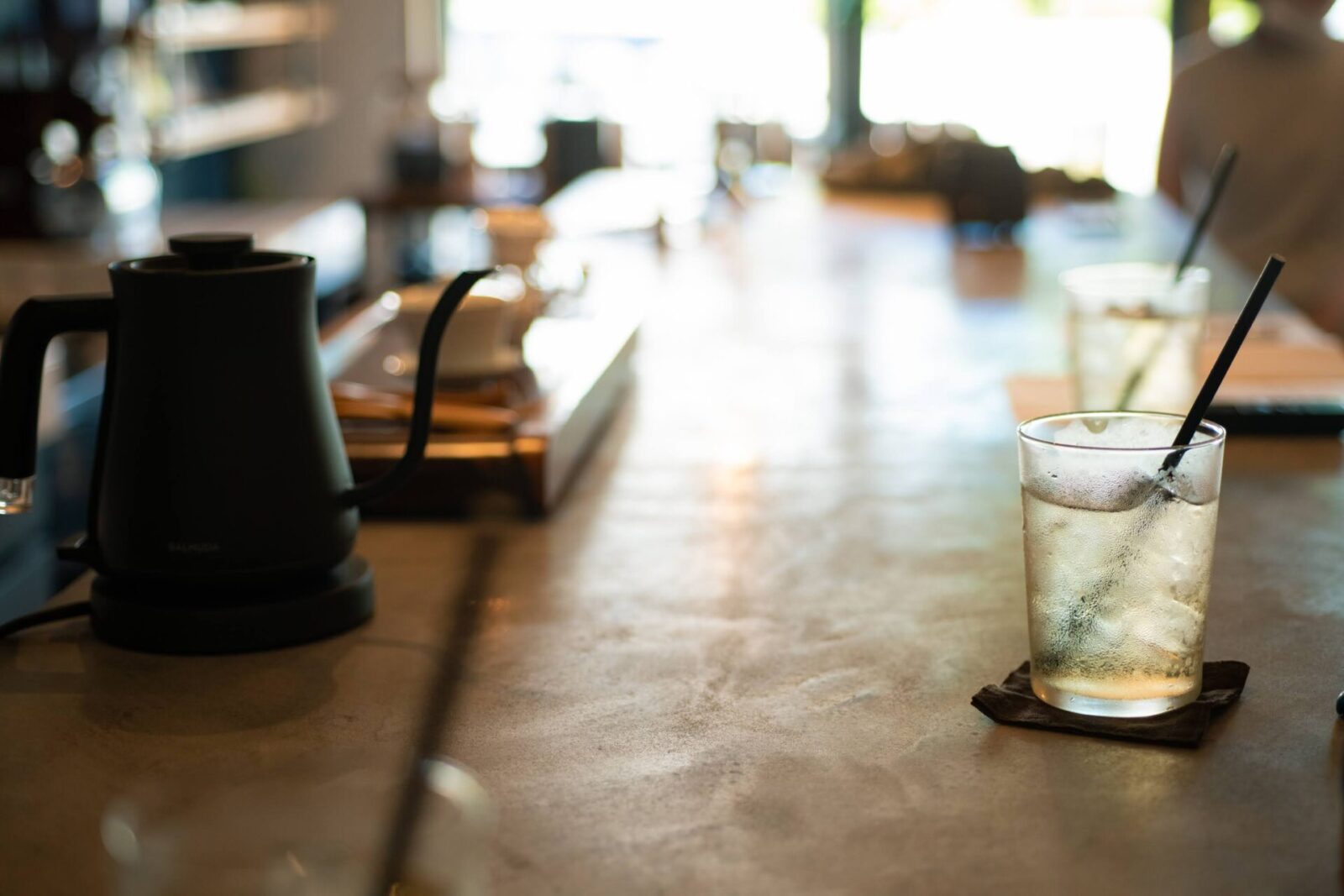
So why did Miyake choose tea over coffee?
His reply was simply “Because I like tea.”
“I really love tea and enjoy the time spent drinking tea. I don’t drink alcohol and although I do drink coffee, it’s not often. I chose to make what I love into my career.”
A trip in Ireland, and discovering the relationship between tea and daily life

Miyake’s first encounter with tea goes back to his travels in Ireland when he was in his twenties.
“I decided to travel because I loved music. Since I like rock, I first travelled to England. It was right around the time Windows 95 was released so it was possible to do online searches. While looking up various rock musicians, I found that they were all originally from Ireland.”
Miyake then traveled to Ireland to roam the region and explore the roots of his favorite music. Although generally an introvert, the friendships he developed in Ireland became long-lasting.
“When I was invited into someone’s home, they always served me tea,” recalls Miyake.
“When you wake up in the morning they say, ‘Good morning. Let’s have some tea.’ Before you leave, they also say ‘Let’s have some tea.’ Whether you are going out, or coming home, it was always, ‘Let’s have some tea.’”
Tea time was not just for taking a break, it was a time to recharge before making your next move.
“I visited an old lady’s home in Ireland and tea was served like water there. It must have been inexpensive. She would put a tea bag in a mug and pour boiling water in it. Next you would use the spoon to squeeze the tea bag and take several sips. Then, you would pour in some milk.”
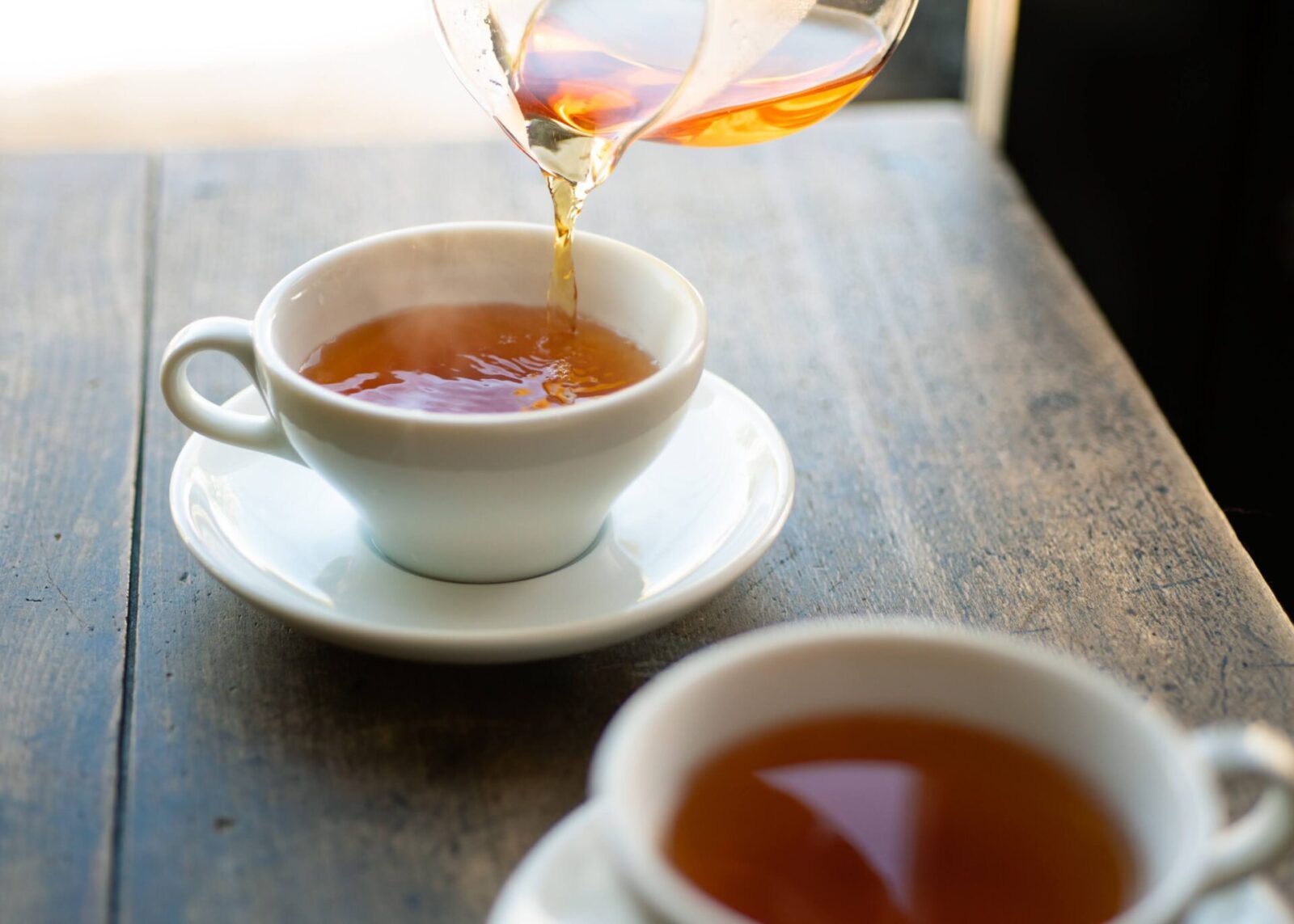
“We would drink tea all day. It was refreshing and a special way to pass time. In Japan, tea time is more like a ‘period’ at the end of a sentence. It is there to create a break. In Ireland, it was more like ‘drink tea whenever and move onto what’s next.’ I really enjoyed that.”
“CONNACHT” is the name of the region where the final stop of the first train Miyake rode in Ireland is located.
From black tea to Chinese tea. Meeting a Chinese Tea Master
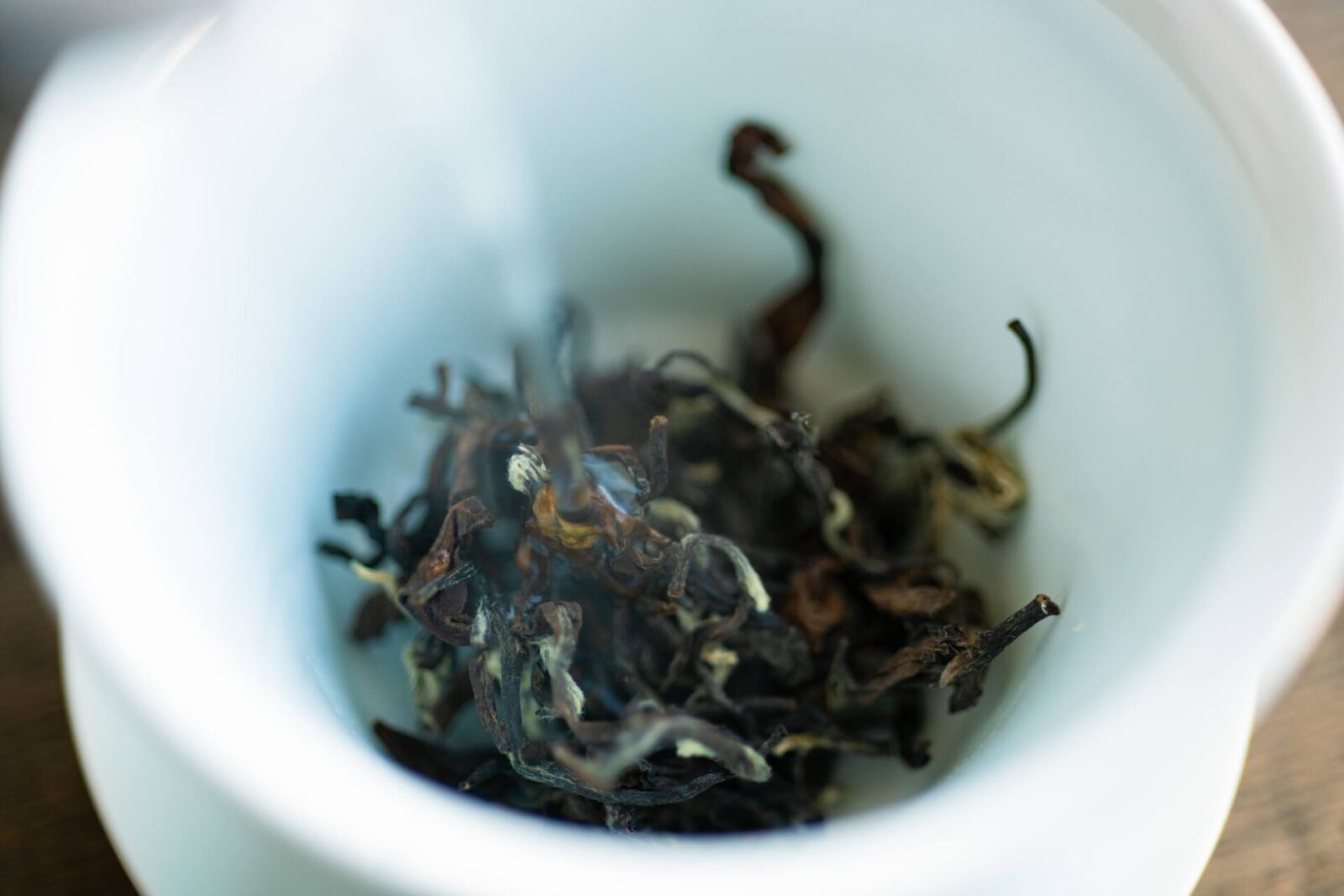
Miyake’s fascination with tea was not limited to black tea. He seeked out Chinese tea as well. A Japanese friend who he met in a Chinese tea group and works in the tea business in Beijing helped him obtain a Chinese tea master license.
“My friend who was a licensed high-end tea master taught me what I needed to study and I also did my own research. I went to China and after spending a few weeks drinking tea there, I took the Chinese tea master license test. Studying to become a master in Chinese tea created a good foundation for me to think about tea in a more systematic way.”
The purpose of the Chinese tea master exam is to measure one’s understanding of tea, so other than the most advanced exams, it was possible to take the exam in Japanese.
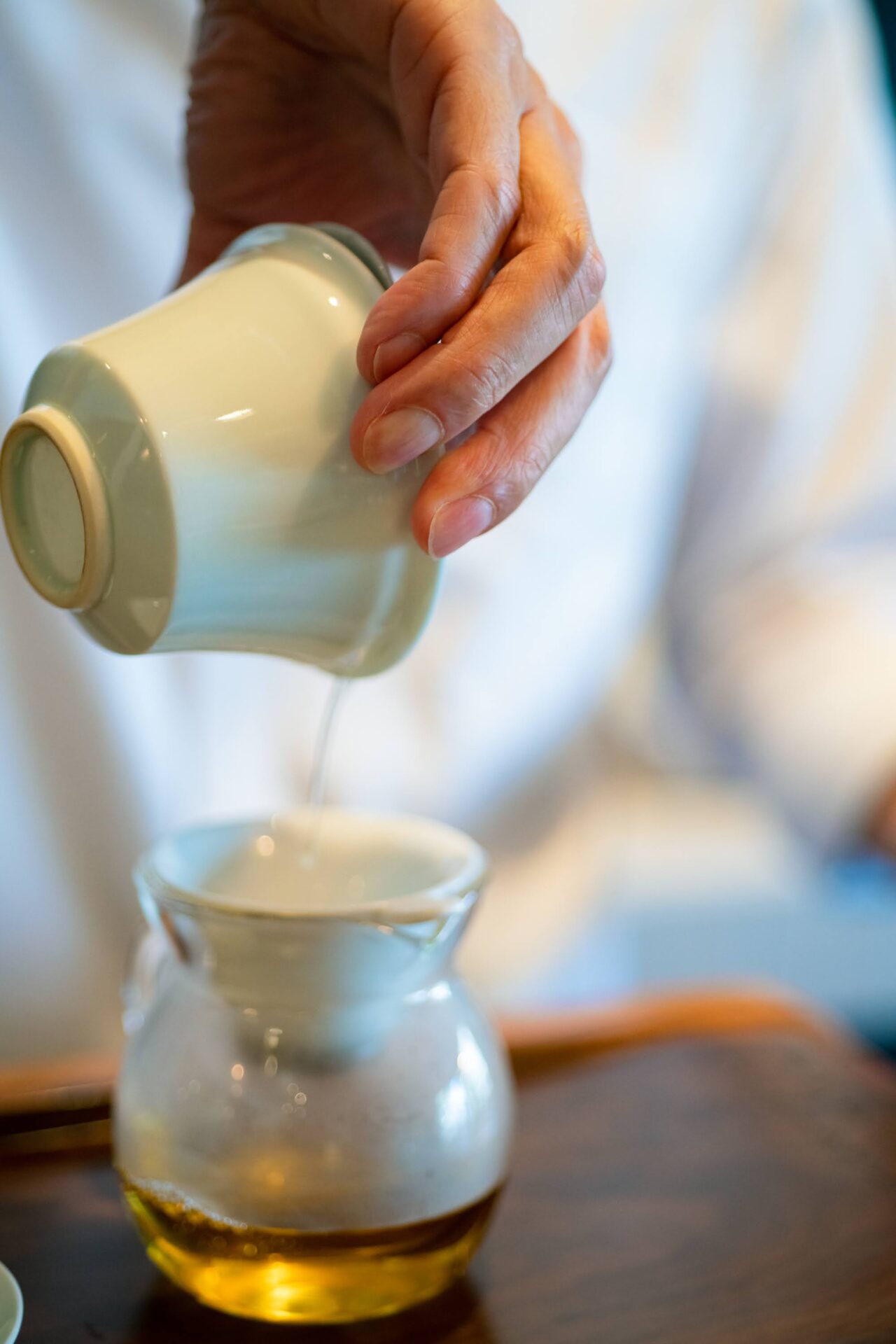
The meaning of “Tea Time”
The CONNACHT TEA HOUSE’s collection shows that for Miyake, black tea, chinese tea, and even coffee is a kind of “tea”.
In Miyake’s book, 100 Ways to Enjoy Tea Time at Home ” (published by Raichosha) the term ‘tea’ is used to express not only Japanese tea, but all types of tea and coffee. His book was also translated and published in China, Taiwan and Korea where it was so well received that it was reprinted.
So how does Miyake define “tea”?
In the tea workshops that Miyake holds, he begins by telling participants that tea is a processed product made from a tea plant. The flowers and leaves of a plant called Camellia sinensis, which belongs to the Theaceae family, are picked and processed for tea.
“After learning this definition, I confirmed that everything I sell here in my shop is tea by my definition.”

“The first thing that came to mind was the phrase ‘Let’s have tea,’ or in other words, ‘Let’s take a tea break’.’ The idea of ‘having tea before going out’ was engraved in me through my experience in Ireland, so any kind of drink someone may have during ‘tea time” is considered “tea.’”
“Of course there is tea by definition. But then there is also ‘tea’ as ‘“time’. I think they both exist. We can serve coffee and herbal tea, but regardless, we use the phrase, ‘let’s have tea.’ This is not the case for when we drink water. It’s strange, isn’t it?”
Indeed, the term “tea” naturally is associated in context with “time.”
“Just the words, “‘time for tea’, can elicit feelings of happiness and luxury. When someone takes time to make you tea, it can be soothing.”
An important perspective to popularize “tea” in today’s world

Although the age group varies, 90% of the customers who come to CONNACHT TEA HOUSE are women. However, over the last 10 years, the number of men who come to buy themselves tea has been increasing.
That said, the population of people who enjoy their own unique tea time is still small. Miyake says that in order for tea to become more popular and a bigger part of daily life, ‘it must be stylish.’
“Before Starbucks came to Japan 25 years ago and opened their shop in Ginza in 1996, we only had coffee shops and cafes. Because of Starbucks, women began buying coffee ‘to-go’ before heading to work, and that new trend was born. Suddenly, coffee was stylish.”
“For example, owning vinyl records is a great hobby. It sounds great. However, people don’t carry around vinyl records. They carry around their data playing devices. There is no way this is going to go back to how it once was. I want to make tea stylish and casual for the future. Of course, I have a lot of admiration for tradition as well.”

”Right now, I want to explore tea bags. I want to popularize really great tea bags. Tea bags that you can use in a stylish way, and easily carry around with you in a cool fashion.”
“I actually really dislike the word, ‘hokkori’ (a word to describe feelings of warmth and ease).”
“Of course I understand that relaxing and healing are important, but my vision has always been, for example, when a woman comes home tired from work and makes herself a cup of tea, she can feel ‘ready’ to take on her next task. That is the image I want to pursue.”
Music and tea’s common denominator
The CONNACHT TEA HOUSE also sells other products related to tea. A popular item is the tea incense burner.
Miyake tells us that for the tea incense burner, “Japanese tea makes the most sweet and pleasant fragrance.”
After visiting a tea factory in Shizuoka where he experienced the sweet fragrance of tea fill the air, he began burning tea incense in his shop. He started selling tea incense burners after customers who were mesmerized by the scent began asking to purchase it. The burner vaporizes the caffeine in the tea, making it glitter.
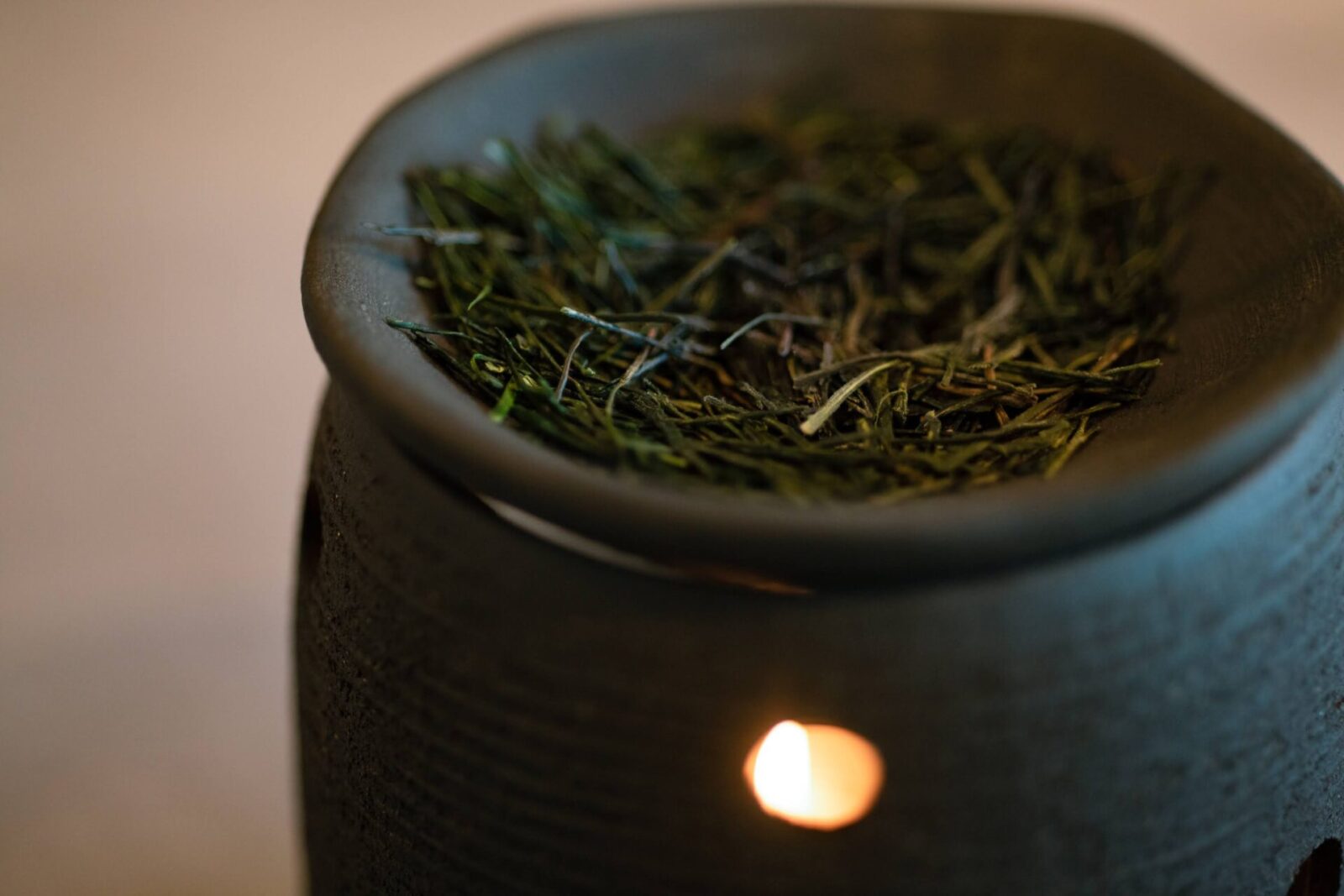
Towards the end of the interview, Miyake began talking about his career.
When Miyake opened his tea shop, having previously been covered by the local news as a buyer at a CD shop, he surprised many people around him.
“A lot of people told me how it was ‘out of my domain,’ but I didn’t think so at all.”
“I really loved music, but didn’t believe I could create my own. However, I was strangely confident in my selecting skills as a buyer. I had a knack for finding really great stuff, and was confident in finding music that a specific customer would enjoy. I was always able to please people.”
“Tea is very much the same. I cannot make tea itself, but I am a confident connoisseur. I feel the job I am doing is not so different.”
Miyake smiled as he added, “In both cases, what I am serving is ‘time.’”
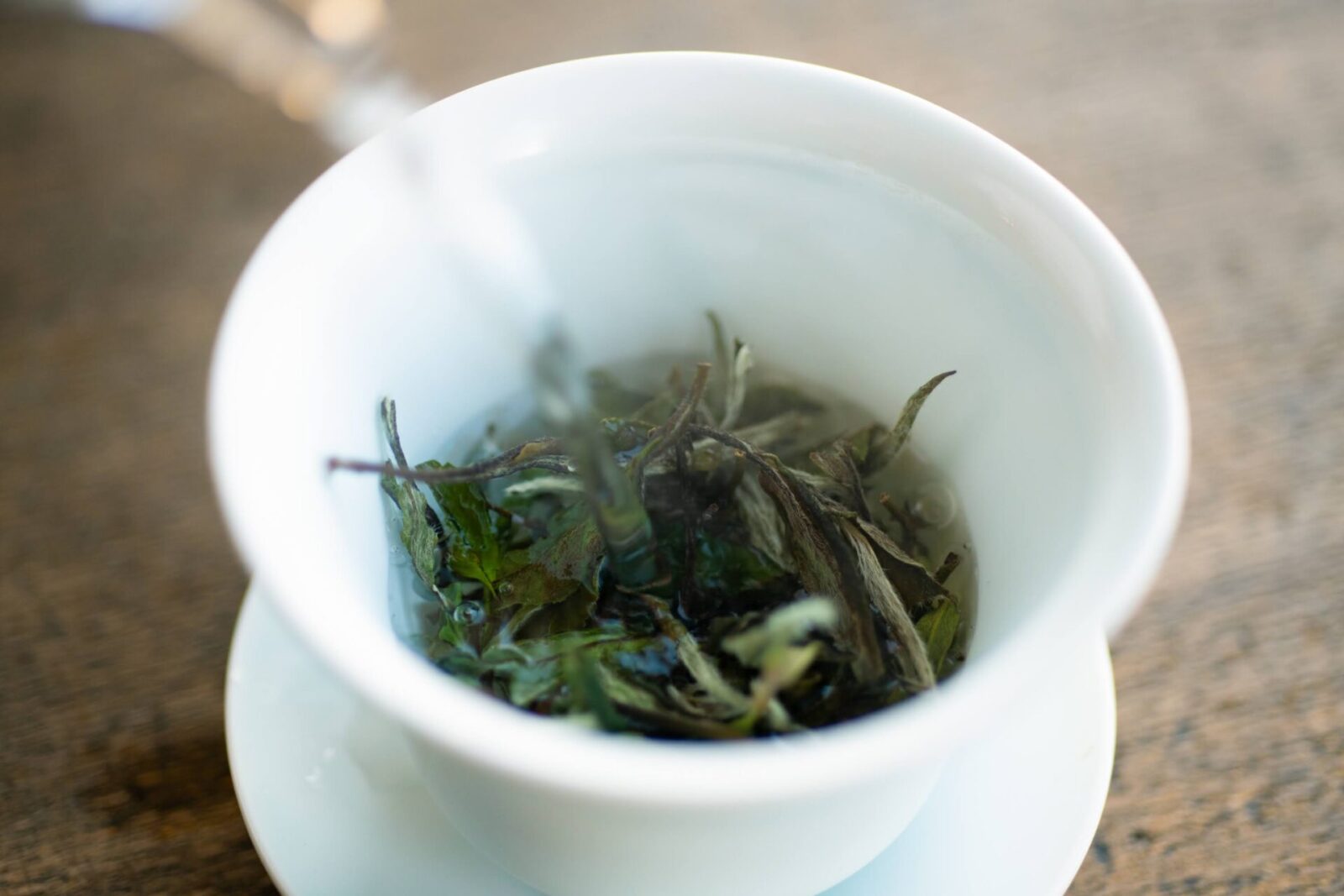
Miyake’s book begins with the sentence,
“Wherever you are in the world, when tea leaves are served in a teacup, it is a universal way of saying, ‘Let’s have tea.’”
Miyake collects teas from around the world, and helps individuals discover “Tea Time.”
A former successful music label buyer is now connecting people through stylish tea time. He is much like a DJ for the world of tea.
(Photo: Yuko Kawashima)
Editor and creator of the future through words. Former associate editor of Huffington Post Japan. Became independent after working for a publishing company and overseas news media. Assists in communications for corporates and various projects. Born in Gifu, loves cats.
Editor. Born and raised in Kagoshima, the birthplace of Japanese tea. Worked for Impress, Inc. and Huffington Post Japan and has been involved in the launch and management of media after becoming independent. Does editing, writing, and content planning/production.
